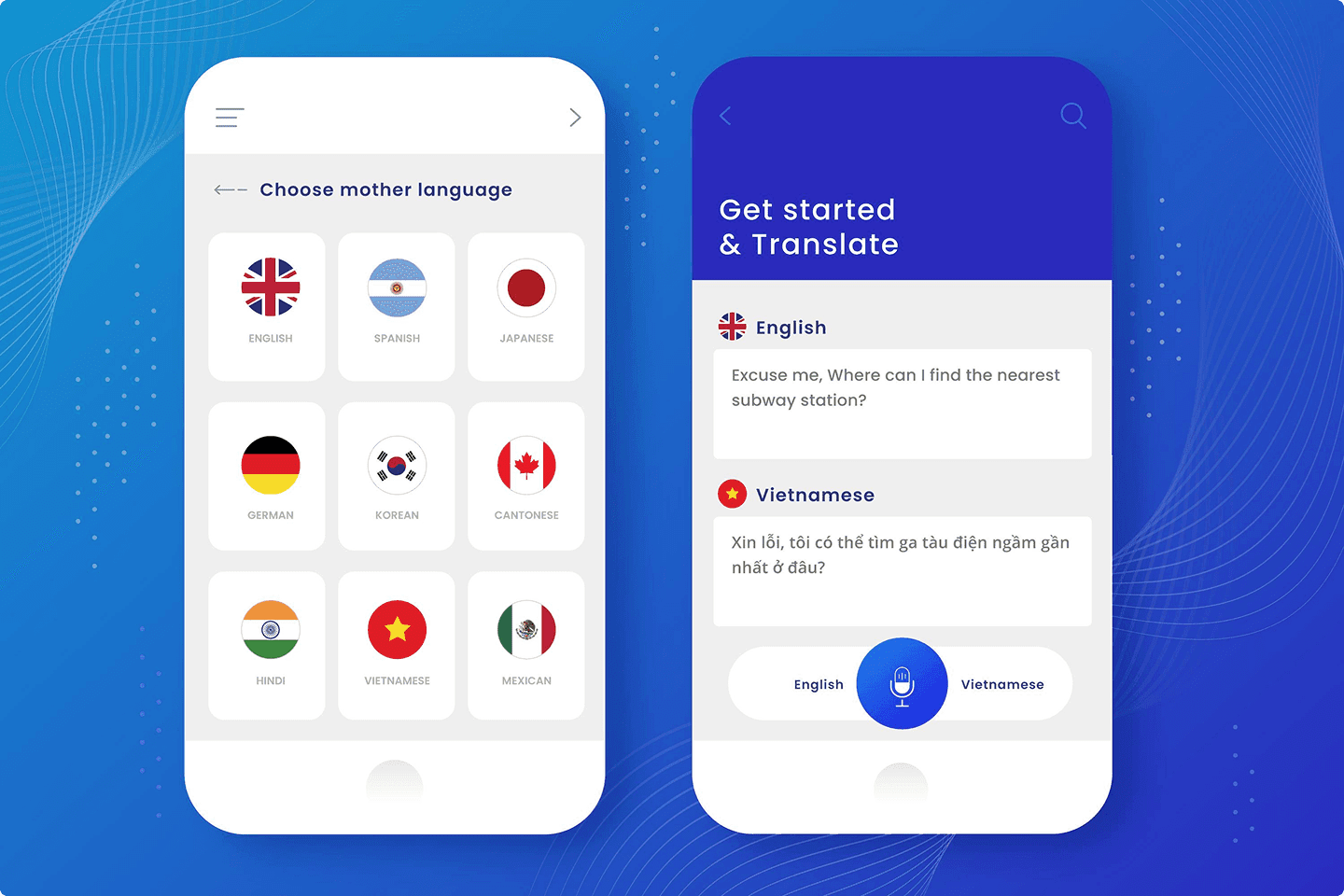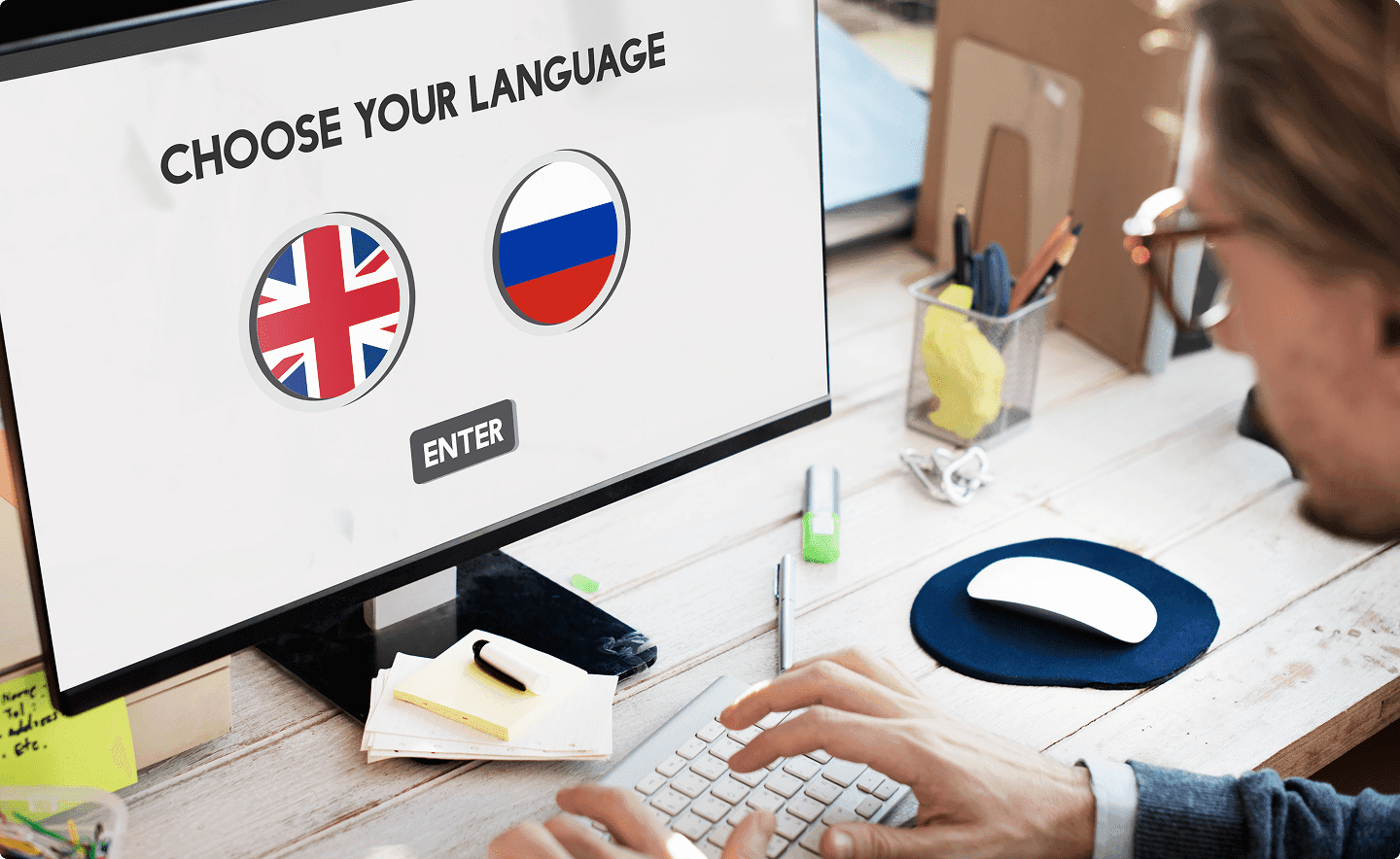How to Translate Your Website into Multiple Languages Without Losing SEO (Complete Guide 2025)
Introduction — Website Translation and SEO
Translating a website is not “copy-pasting into English.” It’s an expansion project that must protect your SEO while opening doors to new markets. Without a method, you create duplicate content, lose rankings, and dilute user trust. With a clean strategy, you get the opposite: more visibility, more conversions, and an architecture that’s easy to maintain.
In this guide, you’ll find practical, plain-English foundations without empty jargon. You’ll see how to choose your architecture, mark up pages correctly, localize your content, and track performance in each market. The simple goal: a multilingual site that stays easy for your team to run, clear for Google, and smooth for visitors.
Choose a solid internationalization strategy
Start by defining who you target and how. Are you speaking to speakers of a language (French, English) or to specific countries (France, Canada, the UK) that may share a language but not the same expectations? This choice shapes everything else: URL structure, markup, navigation, content, social proof, and reporting.
Subdomain, subdirectory, or country domain?
Your architecture impacts authority, maintenance, and speed of execution.
- Subdirectories (e.g.,
example.com/fr/,example.com/en/): easy to deploy, and they inherit the main domain’s authority. An excellent all-round choice for most SMBs. - Subdomains (e.g.,
fr.example.com): useful for isolating environments, but they can fragment authority if your link strategy is limited. - ccTLDs (country domains, e.g.,
example.fr,example.de): strong geographic signal, but heavier to manage (backlinks, hosting, analytics per country).
There is no universal answer. Align the choice with your resources (team, tools, budget) and your horizon (12–24 months). A common mistake is choosing ccTLDs “on principle” without the ability to run local activity.
Language vs. country targeting
fr-FR is not fr-CA. Same language, different usage and references. For international SEO, think local intent: wording, currencies, date formats, payment methods, testimonials. Start small. Prioritize two or three pilot markets. Observe, adjust, expand.
Clear URL architecture and hreflang tags
Keep URLs clean, stable, and readable. Avoid parameters like ?lang=fr that complicate indexing. Prefer one subdirectory per language. Translate your slugs (the human-readable part of the URL). “/produit-x/” in French becomes “/product-x/” in English. It helps users and boosts CTR on the SERP.
The hreflang tag tells search engines the language and, if needed, the target country of a page, as well as its equivalent versions. It prevents Google from mixing variants and treating pages as duplicates. Each page should reference itself and its siblings. Don’t forget x-default for a neutral page (for example, a language selector).
Minimal example in a French page <head>:
<link rel="alternate" hreflang="fr-FR" href="https://example.com/fr/produit-x/" />
<link rel="alternate" hreflang="en-GB" href="https://example.com/en/product-x/" />
<link rel="alternate" hreflang="x-default" href="https://example.com/" />
<link rel="canonical" href="https://example.com/fr/produit-x/" />
The canonical tag designates the primary version of a page. It should be self-referential in each language. Never point canonicals across languages. If placing tags in <head> is complex, you can declare hreflang in your sitemaps. Both approaches can coexist if they are consistent.
Content: Translate, Adapt, Localize
You don’t speak to a Brit the same way you speak to a Quebecer. Literal translation sounds off. Adapt the headline, examples, proof (testimonials, logos), prices, and units. The goal is simple: the page should feel written for that market, not just translated. Machine translation is useful, but human post-editing secures tone, clarity, and nuance.
Organize the workflow. Build a shared glossary. Create a tone guide per language (formality, humor, address). Prioritize your “money pages” for 100% human localization. The rest can follow a machine + post-editing flow. Better to have fewer languages done well than five rough versions.
Internal Linking and Editorial Structure
Internal linking must also be localized. Link to the right local categories, not to French versions out of habit. Create topic clusters per language. Clearer for both users and crawlers. Avoid mixing languages on one page. It’s confusing, and your SEO signals weaken.

Navigation and UX: A Helpful, Non-Intrusive Language Switcher
Your language switcher should be visible everywhere. Don’t rely on flags alone. Show the language name in its own language (“Français”, “English”). Avoid automatic IP-based redirects that move users without asking. They disrupt indexing and frustrate travelers. Prefer a suggestion banner (“You’re on FR. Switch to EN?”). Remember the choice with a cookie. Simple, respectful, SEO-friendly.
International Performance and Core Web Vitals
Performance is still key. Serve pages through a CDN to cut latency by region. Optimize images (WebP/AVIF, right sizes), fonts (subsets for certain scripts), and trim third-party scripts per market. A chat widget useful in France may be useless in Japan. Measure, then decide.
Track Core Web Vitals per language/country: LCP (largest element render time), CLS (visual stability), INP (responsiveness). Distant markets can reveal issues invisible from HQ. Regional tracking prevents blind spots.
Structured Data, Social Tags, and Sitemaps
Localize structured data: inLanguage, addresses, currencies, hours. Adapt Open Graph tags (title, description, share image) and og:locale so shares display the right version. Keep one sitemap per language, listing only live, indexable URLs. Group them in a sitemap index and maintain a clean robots.txt. Verify each language in Google Search Console and Bing Webmaster Tools to quickly spot pages drifting out of the index.
CMS and Tools: Lock Down Configuration
WordPress with WPML or Polylang works if you translate everything: slugs, categories, menus, SEO metadata, structured data, social images. Define a URL convention from the start to avoid surprises. Avoid auto-duplicated taxonomies that create empty pages.
Headless / Next.js: use native i18n routing to generate language-specific routes. Serve hreflang server-side. Centralize text in a TMS (Translation Management System) like Phrase, Lokalise, or Transifex. Provide per-language previews before publishing to catch layout shifts in non-Latin scripts.
Webflow & similar: check that the multilingual setup generates canonicals, hreflang, and clean URLs. Some tools cover visuals but neglect markup. Test list pagination per language.

International SEO Monitoring and Steering
Segment to understand. Analyze performance by language and country. Track impressions, CTR, and average position per query in each Search Console property. SERPs differ by market: keywords like “price,” “comparison,” or “near me” don’t weigh the same everywhere. Adjust titles and snippets accordingly. And track conversions. SEO doesn’t live in isolation.
Build local authority too. Earn backlinks from local sites, associations, regional PR, localized business pages. Off-site signals strengthen on-site signals. Slow but durable.
Common Mistakes to Avoid
- Translating content but forgetting slugs
- Deploying hreflang without cross-references (A → B, B → A)
- Using canonicals across languages
- Forcing users via IP redirects
- Hiding the language switcher deep in the footer
- Mixing languages on the same page
- Publishing sitemaps with test URLs
- Leaving French social tags on the Spanish site
All muddy your signals. Rankings drop silently. The golden rule: consistency. One URL, one language, one intent, clean tags.
Quick Case Study: From FR to FR/EN/ES in 6 Months
Real B2B SMB case. Strong French site aiming for Europe. Chose subdirectories to leverage authority and move fast. Prioritized 30 “money pages.” Built a glossary, tone guide, and combined machine + human post-editing for secondary pages, 100% human localization for high-value ones. Made one sitemap per language, implemented hreflang cleanly, removed IP redirects, added a suggestion banner, cut three slow scripts in Spain, enabled a CDN. Adjusted 12 titles for UK/ES intent.
Result after 4–6 months: clear non-brand organic growth in EN, first qualified leads in ES, stable FR. No magic. Just clear architecture, adapted content, and clean execution.
Go-Live Checklist (Multilingual)
- Key pages validated per language: H1, title, meta description, slugs, CTAs, local proof
- Complete hreflang (self + cross-reference) + x-default if needed; self-canonical in each language
- Sitemaps per language in one index, clean robots.txt, no test URLs
- Visible language switcher, no forced IP redirects, cookie remembers choice
- Core Web Vitals tracked by country, CDN active, optimized fonts and images
- Localized structured data (
inLanguage, currencies, addresses), tailored Open Graph - Search Console + analytics dashboards segmented by language/country
Quick FAQ
Do we need one domain per country?
No. Subdirectories work great if your domain has authority and clean markup. ccTLDs are for very local strategies but require more resources.
Can we keep the same structure everywhere?
Yes, but adjust the content: wording, argument order, local proof. SEO rewards local relevance.
Is machine translation enough in 2025?
It speeds things up. For revenue pages, human review makes the difference. It’s what turns a “decent” page into one that converts.
Conclusion
A strong multilingual site rests on three pillars: clear architecture, flawless markup, and localized content. Add simple UX, fast loading times, and language/country tracking, and you’ll grow without losing SEO. Start small, move fast, keep it clean. Then expand. Clarity saves your team time and wins your brand new markets.




